Growing vegetables at home is more than just a trend; it’s a rewarding journey that connects you with nature and puts fresh, healthy food on your table. Have you ever dreamt of strolling through your backyard, plucking a ripe tomato still warm from the sun, or snipping fresh herbs to season your dinner? This dream can be your reality, and it’s easier than you think!
For centuries, cultivating our own food has been a cornerstone of human civilization. From ancient Roman kitchen gardens to the victory gardens of World War II, growing vegetables at home has represented self-sufficiency, resilience, and a deep connection to the earth. Today, as we become increasingly aware of the importance of sustainable living and healthy eating, the appeal of home gardening is stronger than ever.
But let’s be honest, getting started can feel overwhelming. Where do you begin? What if you don’t have a green thumb? That’s where these simple, yet effective DIY tricks and hacks come in. I’m here to share my favorite tips and tricks that will transform your backyard, balcony, or even windowsill into a thriving vegetable garden. Whether you’re a seasoned gardener or a complete beginner, these easy-to-follow projects will help you maximize your yield, minimize your effort, and enjoy the delicious fruits (and vegetables!) of your labor. Get ready to dig in and discover the joy of growing your own food!
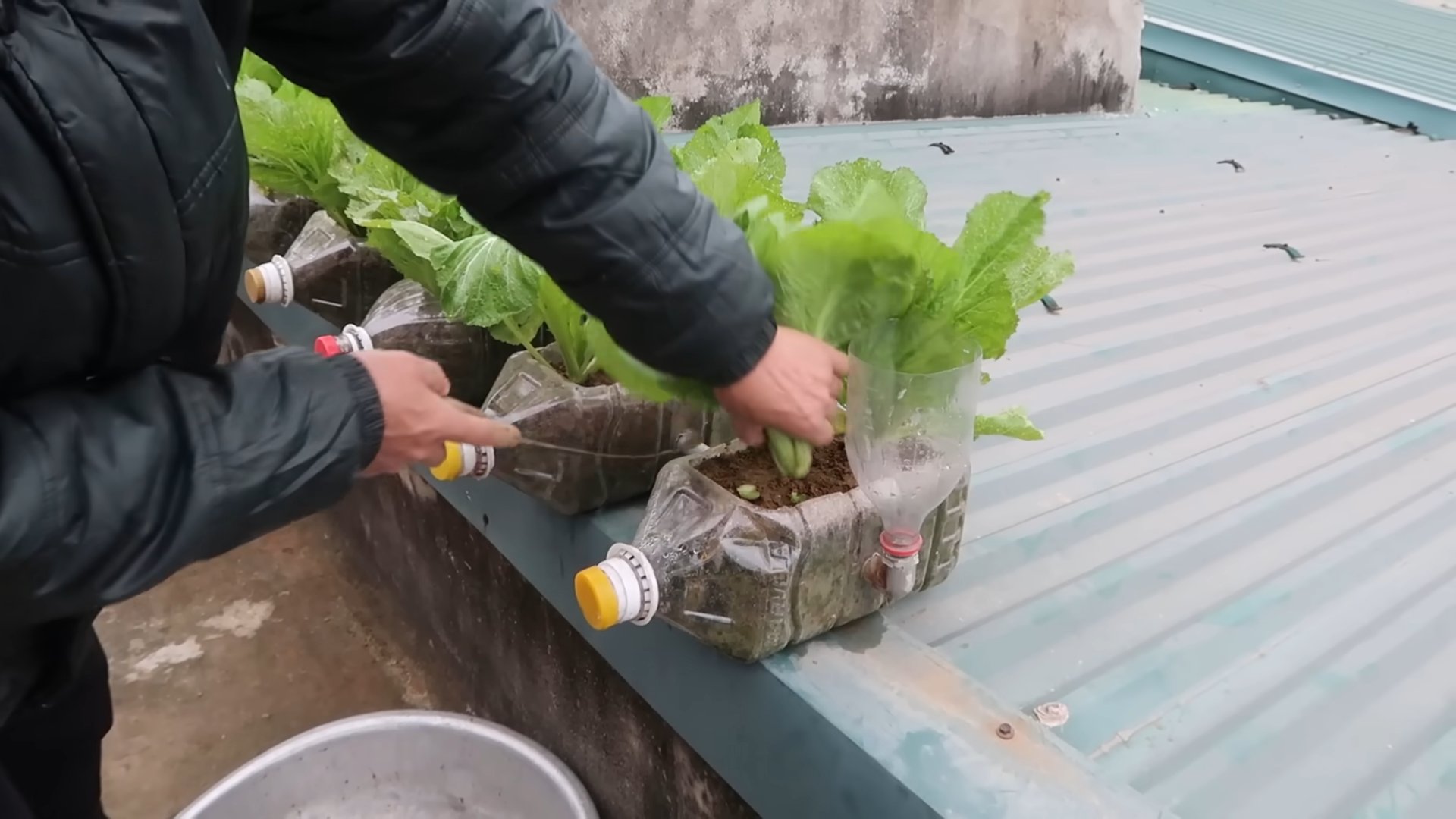
Growing Your Own Delicious Veggies: A Beginner’s Guide
Okay, so you’re thinking about growing your own vegetables? Awesome! It’s seriously rewarding, not to mention you get the freshest, tastiest produce imaginable. Plus, you know exactly what’s going into your food – no mystery chemicals here! I’m going to walk you through the basics, from choosing the right spot to harvesting your bounty. Let’s get our hands dirty!
Choosing the Right Location
Before you even think about seeds, you need to find the perfect spot for your veggie garden. This is crucial for success!
* Sunlight is Key: Most vegetables need at least 6-8 hours of direct sunlight per day. Observe your yard throughout the day to see where the sun shines the longest. South-facing areas are usually best.
* Good Drainage is Essential: Veggies hate soggy feet! Make sure your chosen spot doesn’t puddle after rain. If it does, you might need to amend the soil or consider raised beds.
* Proximity to Water: Lugging watering cans across the yard gets old fast. Choose a location that’s easily accessible to a water source.
* Shelter from Wind: Strong winds can damage delicate plants. If your yard is exposed, consider planting a windbreak or using fencing to protect your garden.
* Soil Quality Matters: We’ll talk more about soil later, but it’s important to consider the existing soil. Is it rocky, sandy, or clay-heavy? You’ll likely need to amend it to create a healthy growing environment.
Preparing the Soil: The Foundation of Your Garden
Healthy soil is the secret to happy, productive plants. Don’t skip this step!
* Soil Testing: Before you do anything, it’s a good idea to test your soil. You can buy a soil testing kit at most garden centers or send a sample to your local agricultural extension office. This will tell you the pH level and nutrient content of your soil.
* Clearing the Area: Remove any grass, weeds, rocks, and debris from your chosen garden spot. A shovel and a good pair of gloves are your best friends here.
* Tilling or Digging: Loosen the soil to a depth of at least 12 inches. This will allow roots to penetrate easily and improve drainage. You can use a tiller for larger areas or a shovel and garden fork for smaller plots.
* Amending the Soil: This is where you improve the soil’s texture and nutrient content. Add plenty of organic matter, such as compost, aged manure, or peat moss. Work it into the soil thoroughly.
* Leveling the Surface: Rake the soil to create a smooth, even surface. This will make planting easier and ensure even watering.
Choosing Your Vegetables: What to Grow?
Now for the fun part! Think about what you like to eat and what grows well in your climate.
* Consider Your Climate: Different vegetables thrive in different climates. Check your local growing zone to see which plants are best suited for your area.
* Start Small: Don’t try to grow everything at once! Begin with a few easy-to-grow vegetables, such as lettuce, tomatoes, zucchini, and herbs.
* Think About Space: Some vegetables, like pumpkins and watermelons, need a lot of space. Make sure you have enough room for them to grow.
* Succession Planting: Plant different crops at different times to extend your harvest season. For example, you can plant lettuce in early spring and then plant tomatoes after the last frost.
* Companion Planting: Some plants grow well together and can even benefit each other. For example, basil repels pests that attack tomatoes. Research companion planting to maximize your garden’s productivity.
Starting Seeds Indoors (Optional)
Starting seeds indoors gives you a head start on the growing season, especially for vegetables that need a long time to mature.
* Choose the Right Seeds: Buy high-quality seeds from a reputable source. Check the expiration date to ensure they’re still viable.
* Use Seed Starting Mix: Don’t use regular potting soil! Seed starting mix is lighter and provides better drainage.
* Plant Seeds in Trays or Pots: Fill trays or pots with seed starting mix and sow seeds according to the package directions.
* Provide Light and Warmth: Seeds need light and warmth to germinate. Place the trays or pots under grow lights or in a sunny window.
* Keep the Soil Moist: Water the seeds regularly to keep the soil moist but not soggy.
* Harden Off Seedlings: Before transplanting seedlings outdoors, gradually acclimate them to the outdoor environment. This process is called hardening off. Start by placing them outside for a few hours each day, gradually increasing the amount of time they spend outdoors.
Planting Your Vegetables: Getting Them in the Ground
Once your soil is prepared and your seedlings are ready, it’s time to plant!
1. Check the Weather: Make sure the weather is favorable before planting. Avoid planting during periods of extreme heat or cold.
2. Dig Holes: Dig holes that are large enough to accommodate the root balls of your plants.
3. Plant Seedlings: Gently remove seedlings from their trays or pots and place them in the holes.
4. Space Plants Properly: Follow the spacing recommendations on the seed packets or plant tags. Overcrowding can lead to disease and reduced yields.
5. Backfill with Soil: Fill the holes with soil and gently firm the soil around the plants.
6. Water Thoroughly: Water the plants thoroughly after planting.
7. Mulch: Apply a layer of mulch around the plants to help retain moisture, suppress weeds, and regulate soil temperature.
Watering: Keeping Your Plants Hydrated
Water is essential for plant growth.
* Water Deeply and Infrequently: Water deeply and infrequently, rather than shallowly and frequently. This encourages roots to grow deeper into the soil.
* Water at the Base of the Plants: Avoid watering the foliage, as this can promote disease.
* Water in the Morning: Water in the morning to allow the foliage to dry before nightfall.
* Use a Soaker Hose or Drip Irrigation: These methods deliver water directly to the roots, minimizing water waste and reducing the risk of disease.
* Check the Soil Moisture: Stick your finger into the soil to check the moisture level. If the top inch of soil is dry, it’s time to water.
Fertilizing: Feeding Your Plants
Vegetables need nutrients to grow and produce fruit.
* Use a Balanced Fertilizer: Choose a fertilizer that contains a balanced ratio of nitrogen, phosphorus, and potassium (N-P-K).
* Follow the Instructions: Apply fertilizer according to the package directions. Over-fertilizing can damage plants.
* Fertilize Regularly: Fertilize your vegetables every few weeks during the growing season.
* Use Organic Fertilizers: Organic fertilizers, such as compost tea and fish emulsion, are a great way to feed your plants naturally.
Weeding: Keeping the Competition at Bay
Weeds compete with vegetables for water, nutrients, and sunlight.
* Weed Regularly: Weed your garden regularly to prevent weeds from getting out of control.
* Hand-Pull Weeds: Hand-pull weeds when the soil is moist.
* Use a Hoe: Use a hoe to cultivate the soil and remove small weeds.
* Mulch: Mulch helps to suppress weeds.
Pest and Disease Control: Protecting Your Plants
Pests and diseases can damage or destroy your vegetable plants.
* Inspect Plants Regularly: Inspect your plants regularly for signs of pests or diseases.
* Identify the Problem: Identify the pest or disease before taking action.
* Use Organic Pest Control Methods: Try organic pest control methods first, such as insecticidal soap, neem oil, or diatomaceous earth.
* Remove Diseased Plants: Remove diseased plants from the garden to prevent the spread of disease.
* Practice Crop Rotation: Rotate your crops each year to prevent the buildup of pests and diseases in the soil.
Harvesting: Enjoying the Fruits (and Vegetables!) of Your Labor
Harvesting is the most rewarding part of gardening!
* Harvest at the Right Time: Harvest vegetables when they are ripe and at their peak flavor.
* Use the Right Tools: Use the right tools for harvesting, such as scissors, knives, or pruners.
* Handle Vegetables Carefully: Handle vegetables carefully to avoid bruising or damaging them.
* Store Vegetables Properly: Store vegetables properly to keep them fresh for as long as possible.
Step-by-Step Instructions: Planting Tomatoes
Let’s get specific with tomatoes, a garden staple!
1. Start Seeds Indoors (6-8 weeks before the last
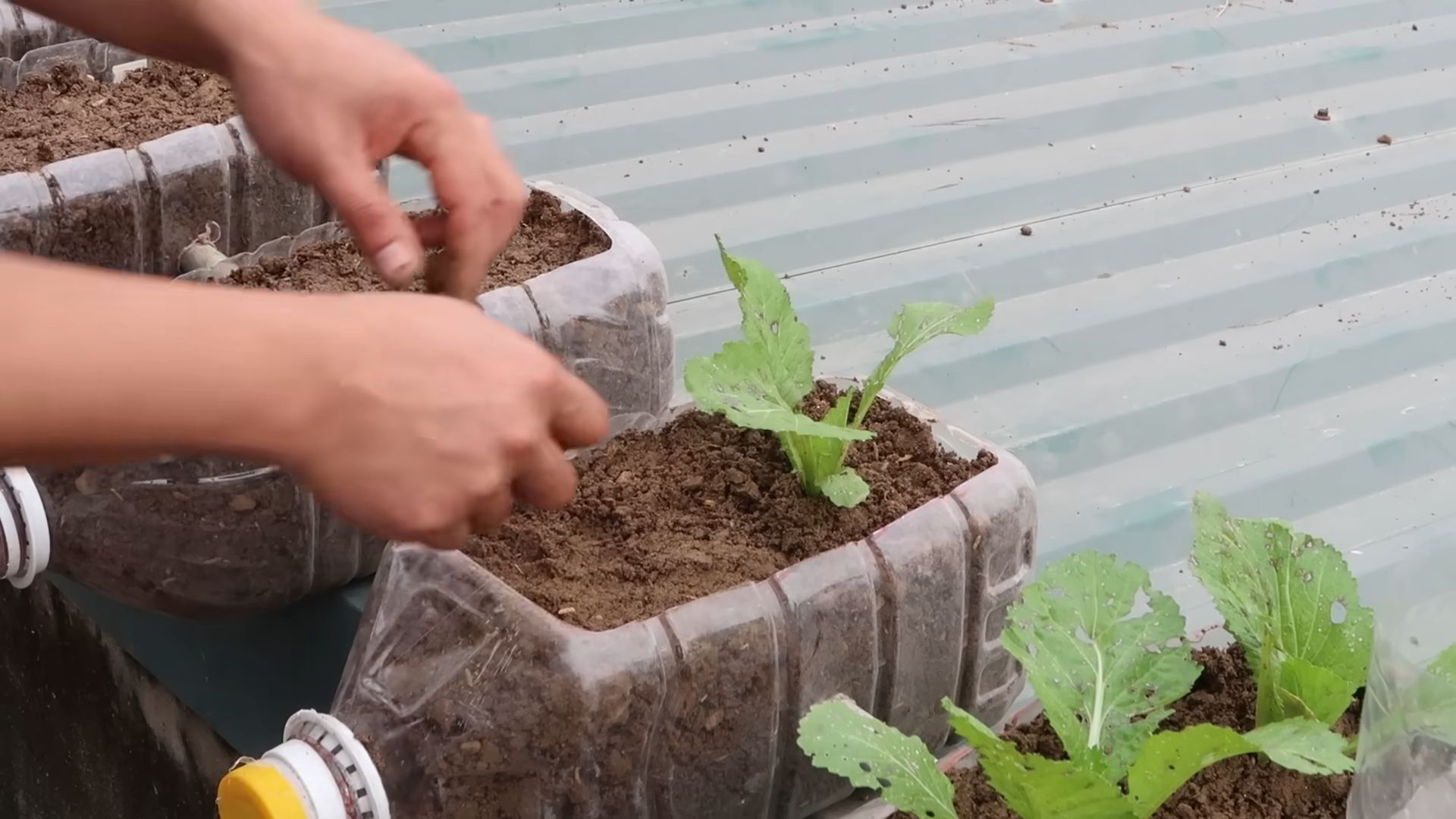
Conclusion
So, there you have it! Embracing the world of home gardening and growing vegetables at home is more than just a trend; it’s a rewarding journey that connects you with nature, provides fresh, healthy food, and empowers you to take control of your diet. We’ve explored the simple yet effective methods to get you started, from choosing the right location and soil to selecting the perfect vegetables for your climate and skill level.
But why is this DIY approach a must-try? Beyond the obvious benefits of fresh, organic produce, growing your own vegetables offers a unique sense of accomplishment. Imagine the satisfaction of harvesting a ripe tomato that you nurtured from a tiny seed, or the joy of sharing a salad made entirely from your own garden with friends and family. It’s an experience that fosters a deeper appreciation for the food we eat and the natural world around us.
Moreover, home gardening is incredibly versatile. Don’t have a sprawling backyard? No problem! Container gardening is a fantastic option for balconies, patios, or even sunny windowsills. Experiment with different types of containers, from repurposed buckets to stylish planters, to create a vibrant and productive garden in even the smallest of spaces.
Looking for variations? Consider companion planting, where you strategically pair different vegetables and herbs to enhance growth and deter pests naturally. For example, planting basil near tomatoes can improve their flavor and repel insects. Or, try vertical gardening to maximize space and add a visually stunning element to your outdoor area. You can use trellises, hanging baskets, or even repurposed pallets to create a living wall of deliciousness.
Another exciting avenue to explore is succession planting. This involves planting crops at intervals throughout the growing season to ensure a continuous harvest. By staggering your planting times, you can enjoy fresh vegetables for months on end, rather than just a few weeks.
We encourage you to take the plunge and embark on your own home gardening adventure. Start small, be patient, and don’t be afraid to experiment. There will be challenges along the way, but the rewards are well worth the effort.
And most importantly, we want to hear about your experiences! Share your successes, your failures, and your tips with us in the comments below. Let’s create a community of home gardeners who support and inspire each other to grow the best vegetables possible. We are confident that you will find the experience of growing vegetables at home to be a truly enriching and fulfilling one. So, grab your gardening gloves, get your hands dirty, and let the growing begin!
Frequently Asked Questions (FAQ)
What are the easiest vegetables to grow for beginners?
For those just starting out, some of the easiest vegetables to grow include:
* **Lettuce:** It’s quick to germinate and mature, and you can harvest leaves as needed.
* **Radishes:** These are incredibly fast-growing, often ready to harvest in just a few weeks.
* **Spinach:** Similar to lettuce, spinach is easy to grow and can be harvested multiple times.
* **Green Beans:** They are relatively low-maintenance and produce a generous yield.
* **Zucchini:** Be prepared for an abundance of zucchini! This plant is known for its prolific growth.
* **Tomatoes (determinate varieties):** Determinate varieties are bush-type tomatoes that are more compact and require less pruning than indeterminate (vining) varieties.
* **Peppers:** Bell peppers and chili peppers are relatively easy to grow in warm climates.
How much sunlight do vegetables need?
Most vegetables need at least 6-8 hours of direct sunlight per day to thrive. Leafy greens like lettuce and spinach can tolerate a bit less, but fruiting vegetables like tomatoes, peppers, and cucumbers need plenty of sunshine to produce a good harvest. If you don’t have a sunny spot in your yard, consider using grow lights to supplement natural sunlight.
What kind of soil is best for growing vegetables?
The ideal soil for growing vegetables is well-draining, fertile, and rich in organic matter. A good starting point is a loamy soil, which is a mixture of sand, silt, and clay. You can improve your soil by adding compost, aged manure, or other organic amendments. A soil test can help you determine the pH level and nutrient content of your soil, allowing you to make necessary adjustments. Most vegetables prefer a slightly acidic soil pH of around 6.0 to 7.0.
How often should I water my vegetables?
The frequency of watering depends on several factors, including the type of vegetable, the weather, and the soil type. As a general rule, water deeply and less frequently, rather than shallowly and often. This encourages roots to grow deeper, making plants more drought-tolerant. Check the soil moisture regularly by sticking your finger about an inch into the soil. If it feels dry, it’s time to water. Avoid overwatering, as this can lead to root rot.
What are some common pests and diseases that affect vegetables?
Common pests include aphids, caterpillars, slugs, and snails. Common diseases include powdery mildew, blight, and root rot. Regularly inspect your plants for signs of pests or diseases. You can use organic pest control methods, such as insecticidal soap, neem oil, or hand-picking pests. To prevent diseases, ensure good air circulation, avoid overwatering, and remove any infected leaves or plants promptly.
Can I grow vegetables in containers?
Absolutely! Container gardening is a great option for those with limited space. Choose containers that are large enough to accommodate the mature size of the vegetable you’re growing. Make sure the containers have drainage holes to prevent waterlogging. Use a high-quality potting mix, not garden soil, as it’s lighter and provides better drainage. Water and fertilize container-grown vegetables more frequently than those grown in the ground.
How do I fertilize my vegetables?
Vegetables need nutrients to grow and produce a good harvest. You can use organic or synthetic fertilizers. Organic fertilizers, such as compost, aged manure, and bone meal, release nutrients slowly over time. Synthetic fertilizers provide a quick boost of nutrients. Follow the instructions on the fertilizer label carefully to avoid over-fertilizing. Side-dressing with compost or fertilizer during the growing season can help provide plants with the nutrients they need.
How do I know when my vegetables are ready to harvest?
The best time to harvest vegetables depends on the specific vegetable. Generally, harvest when the vegetables are fully ripe but still firm. Check the seed packet or plant tag for specific harvesting instructions. For example, tomatoes should be fully colored and slightly soft to the touch. Lettuce can be harvested when the leaves are large enough to eat. Zucchini should be harvested when they are young and tender.
What is companion planting?
Companion planting is the practice of planting different vegetables and herbs together to benefit each other. Some examples of companion planting include:
* **Tomatoes and basil:** Basil repels pests that attack tomatoes and is said to improve their flavor.
* **Carrots and onions:** Onions repel carrot root flies, and carrots repel onion flies.
* **Cucumbers and marigolds:** Marigolds repel nematodes and other pests that attack cucumbers.
* **Beans and corn:** Beans fix nitrogen in the soil, which benefits corn. Corn provides support for bean vines.
How can I extend my growing season?
There are several ways to extend your growing season, including:
* **Starting seeds indoors:** Start seeds indoors several weeks before the last expected frost to get a head start on the growing season.
* **Using cold frames or row covers:** Cold frames and row covers protect plants from frost and extend the growing season in the spring and fall.
* **Choosing cold-hardy vegetables:** Some vegetables, such as kale, spinach, and lettuce, can tolerate frost and can be grown throughout the winter in mild climates.
* **Succession planting:** Plant crops at intervals throughout the growing season to ensure a continuous harvest.

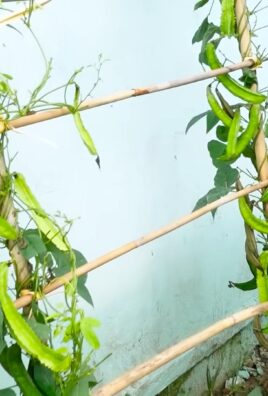
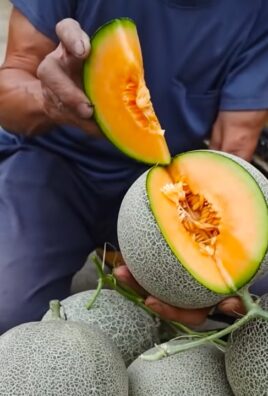
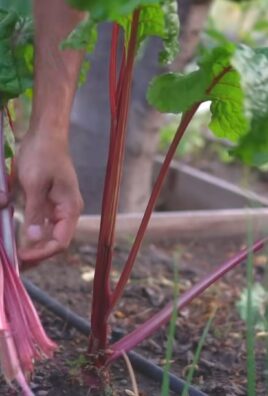
Leave a Comment